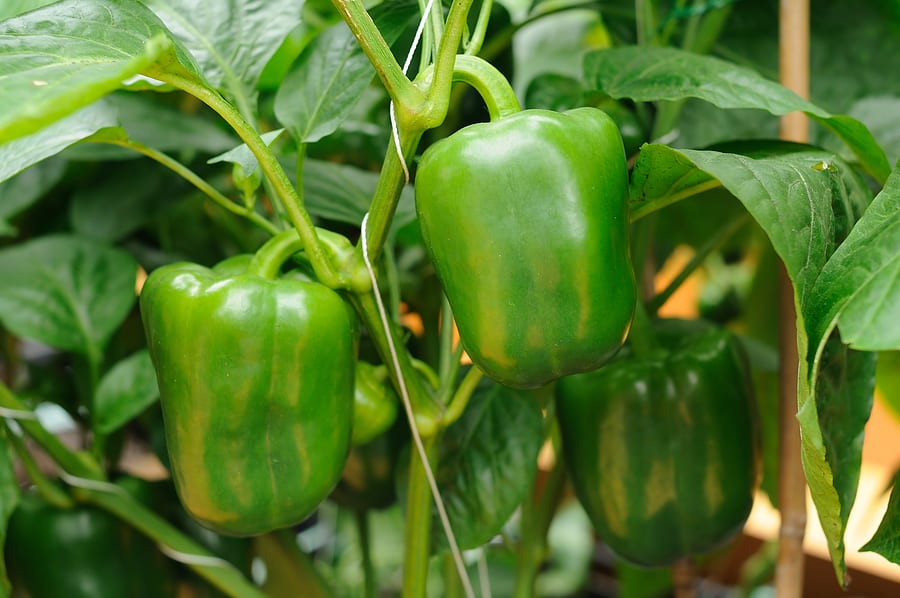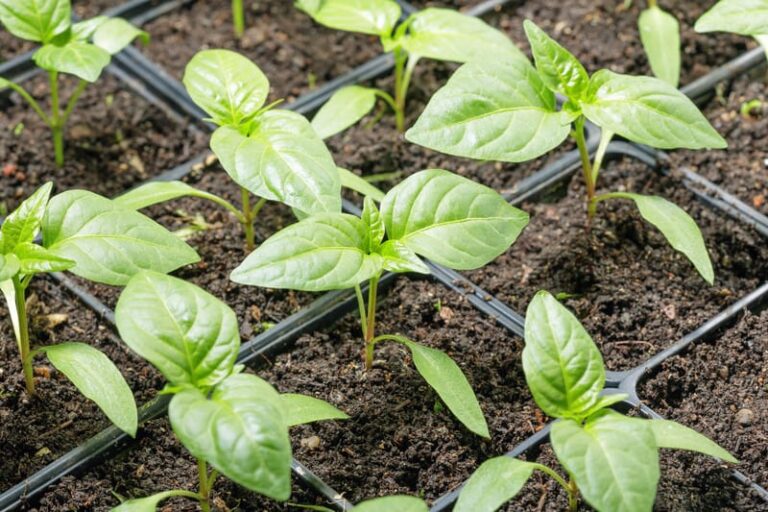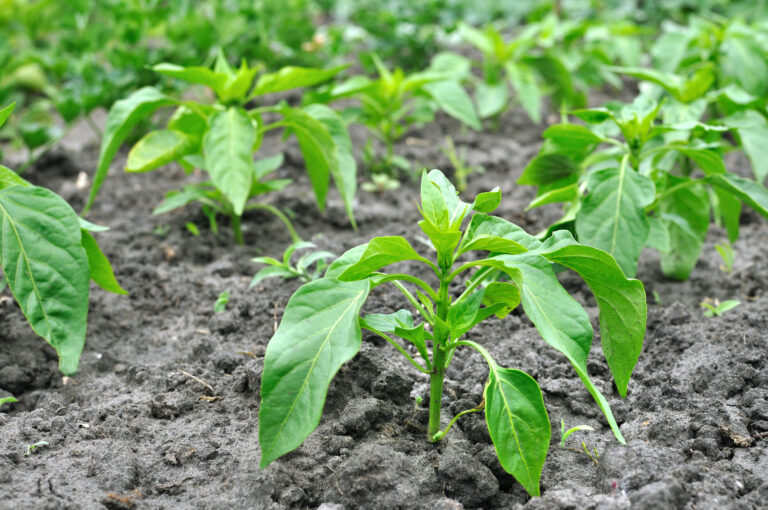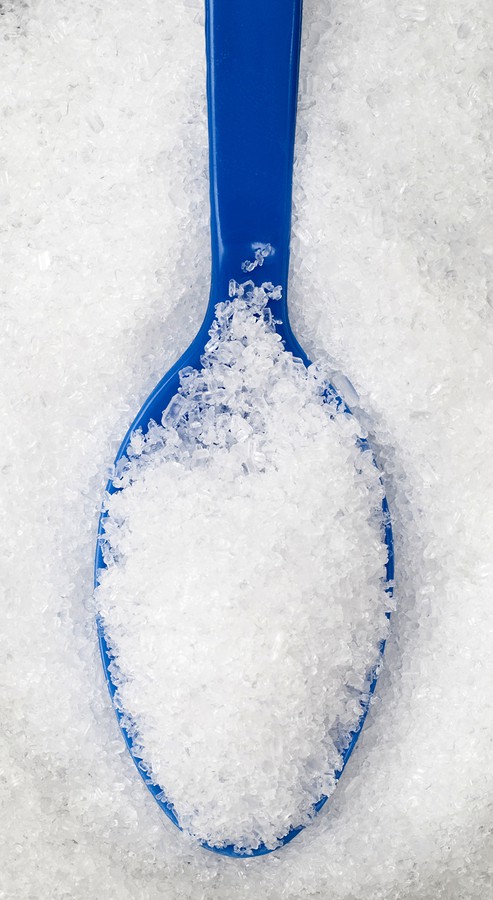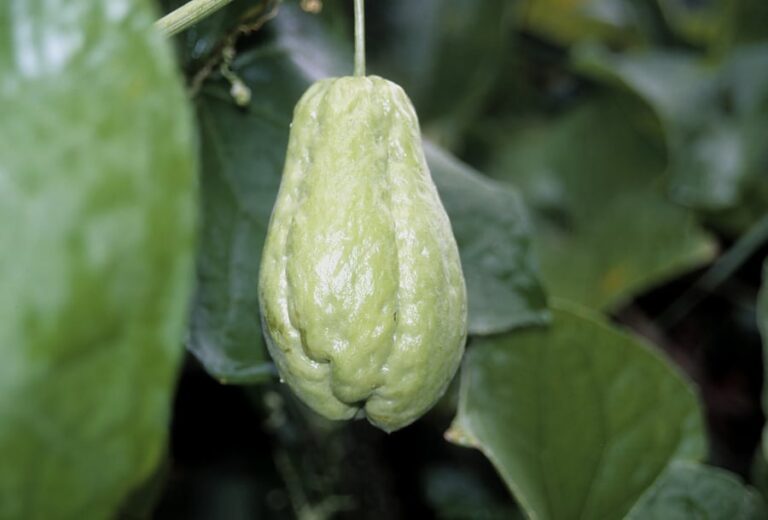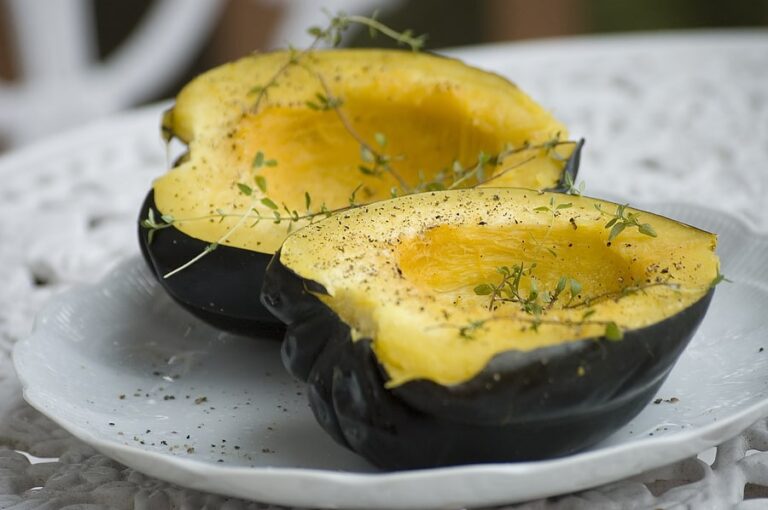Mid-Season Pepper Problem Cures
Peppers are tropical plants and can be temperamental–especially the further they grow away from the tropics.
They demand warm temperatures—not too cool and not too hot, organically rich soil, and even soil moisture—not too little and not too much. Give peppers these optimal conditions and they will produce until the first frost in autumn.
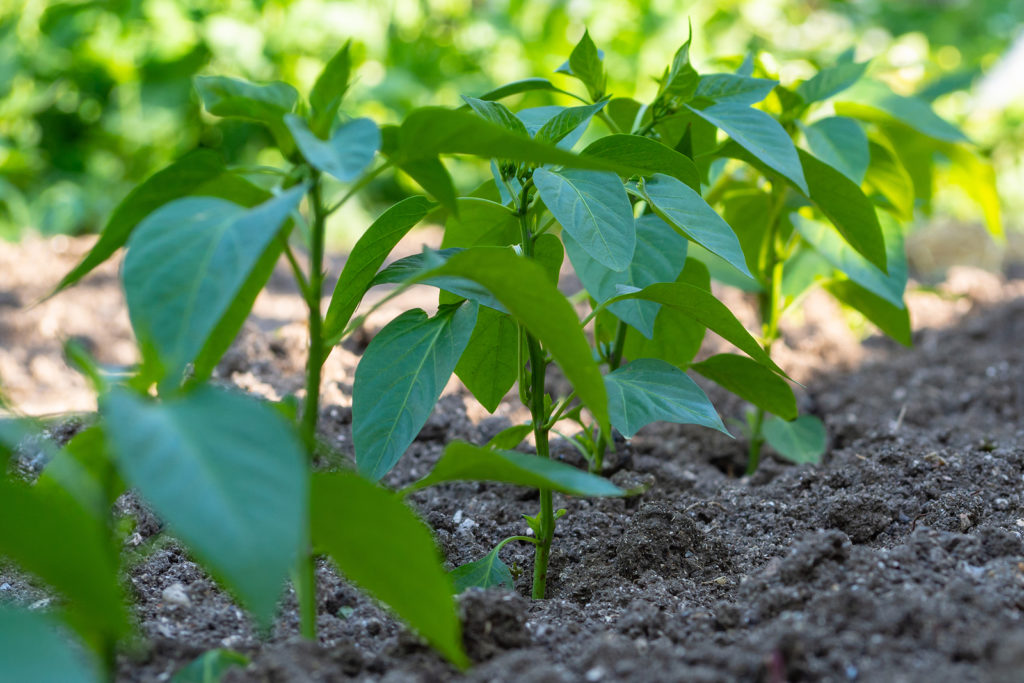
Common mid-summer pepper problems and their cures
Bell peppers are small and bitter
Peppers are native to the tropics; they need warm temperatures of 70° to 80°F during the day and 60° to 70°F at night to thrive. They require soil rich in organic matter—add aged compost around plants–that is consistently and evenly moist—water deeply once or twice a week and mulch to conserve soil moisture in dry weather or hot temperatures. If temperatures are too warm or too cool if the soil is not rich enough or too dry, peppers will not grow to maturity and they will be bitter flavored. One more thing, if the soil has a boron deficiency, peppers can also be small and bitter; have the soil tested.
Pepper plants grow large but the blossoms fall off–no fruit.
Temperatures below 60°F or greater than 90°F will cause pepper blossoms to drop; water stress—soil that is not evenly moist—can cause plants to wilt and blossoms to drop. Keep the soil evenly moist; use a thick mulch of straw or compost to keep the soil from drying out in hot weather. Protect pepper plants from hot temperatures by shading them with shade cloth draped over a wooden frame. Protect peppers from cool temperatures by covering plants with floating rows covers if nighttime temperatures dip below 60°F. Bell peppers least susceptible to stress include Lady Bell, Canape, Green Boy, Ace, and New Ace. Peppers susceptible to heat and water stress include California Wonder and Yolo Wonder.
Pepper fruits are deformed.
Flat or deformed fruit can be caused by exposure to temperatures in the 40°s and 50°sF or lower; low temperatures can inhibit pollination and ovaries may not develop properly. Protect plants from low temperatures by covering them with floating row covers; avoid planting too soon next year; plant peppers on the south side of the garden or next to a building where they will be warmed by reflected heat. Two peppers that can withstand cool temperatures are Golden Bell and Staddon’s Select.
Plants are slow-growing, pale green, or dropping leaves.
Peppers are heavy feeders; give peppers a boost with a side-dressing of manure tea or a liquid fish or kelp fertilizer. Make sure the soil and soil amendments such as compost contain nitrogen. Add grass clippings or aged manure to compost made from composted leaves. After plants have produced fruit, a sprinkling of bloodmeal around plants will offer a nitrogen boost and increase yield.
Plants aren’t producing much fruit.
The more you pick peppers, the more they will produce. Harvest peppers early and often; you can start picking and eating peppers as soon as they are big enough to eat. The more fruit you pick, the more fruit you will get. (The store of vitamins A and C is highest when peppers grow to full size and about two-thirds of their intended full color–for non-green varieties.)
Fruits are turning brown and papery.
Temperatures higher than 90°F can cause sunscald or sunburn leaving skin burnt looking. When temperatures soar set a wooden support over plants and put shade cloth in place. High temperatures can be moderated with a sprinkle of cooling water in the middle of the day. Place several inches of organic mulch across the growing bed to keep soil moisture from evaporating.
Plants quit producing in the middle of summer.
Bell peppers are sensitive to too much heat; when temperatures hit the 90°sF, plants go dormant to wait out the heat. Once high temperatures subside, bell peppers will begin producing again. Hot peppers will bear all summer no matter the heat.
🌶 Peppers Growing Hub
Start here:
- How to Plant and Grow Hot Peppers: A Gardener’s Guide to Spicy Success
- How to Grow Sweet Peppers: A Gardener’s Guide to a Bountiful Harvest
Getting Peppers Started (general prep)
- Seed Starting Peppers: Proven Method for Strong, Healthy Plants
- Soil Preparation for Peppers: The Secret to Strong Roots and Big Harvests
- Best Hot Pepper Varieties to Grow for Salsas, Sauces, and Drying
- Best Sweet Pepper Varieties to Grow
- World’s Hottest Peppers You Can Grow in Your Garden
- The Science of Pepper Heat: Understanding Scoville Units
- Growing Peppers Indoors Under Lights
- Companion Planting with Peppers: Best and Worst Neighbors in the Garden
Planting & Growing Peppers
- When and How to Transplant Pepper Seedlings Outdoors
- 10 Steps to Grow a Bumper Pepper Crops
- How to Grow Hot Peppers in Containers: Tips for Small Spaces
- 7 Tips for Growing Peppers in Pots
- How to Grow Colored Bell Peppers: How to Get Reds, Yellows, and Oranges
- Cross-Breeding Hot Peppers at Home: A Beginner’s Guide
- How to Water & Fertilize Sweet Bell Peppers for Maximum Yield
- Pruning Pepper Plants for Healthier Growth and Bigger Harvests
- Six Tips to Grow Peppers for Flavor
- Pepper Season Extension & Overwintering: How to Keep Plants Producing Longer
Pepper Care & Troubleshooting
- Pepper Pests, Diseases, and Problems—How to Fix Them Naturally
- Caring for Peppers: Mid-Season Problem Cures
- How to Increase the Heat of Hot Peppers Naturally
- Overwintering Pepper Plants Indoors
- How to Overwinter Pepper Plants in Any USDA Zone
Harvesting & Preserving Peppers
- When to Harvest Hot Peppers for Maximum Heat
- How to Harvest Sweet Peppers for the Best Flavor
- How to Preserve Hot Peppers: Drying, Fermenting & Pickling
- How to Ripen Green Peppers Indoors
- Saving Pepper Seeds for Next Year’s Crop
Cooking & Using Peppers
- Preparing and Serving Sweet Peppers – Harvest to Table
- Five Ways to Cook and Serve Chili Peppers
- Stuffed Peppers: Best Varieties for Cooking
- Cooking with Hot Peppers: Flavor & Safety Tips
- How to Handle Hot Peppers Without Burning Your Skin
Pepper articles at Harvest to Table:
How to Grow Sweet Bell Peppers
How to Plant and Grow Hot Chili Peppers
Six Tips to Grow Peppers for Flavor
7 Tips for Growing Peppers in Pots
How to Harvest and Store Peppers
Five Ways to Cook and Serve Sweet Peppers
Five Ways to Cook and Serve Chili Peppers
Beginner’s Guide to Canning Peppers
Pepper Growing Problems Troubleshooting
Epsom Salt, Milk, and Organic Fertilizers for Tomatoes and Peppers
How to Prevent Blossom Drop — Tomatoes and Peppers
Vegetable Garden Organic Weed Control
Vegetable Garden Organic Pest Control
Garden Planning Books at Amazon:

